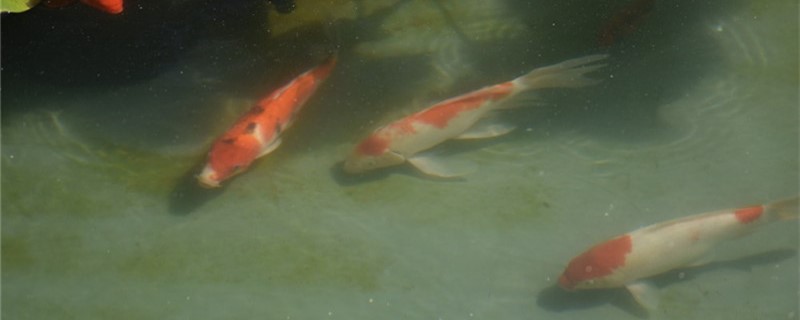
Fish ponds are usually cleaned once a year. When cleaning the ponds, part of the silt at the bottom needs to be removed. At the same time, the whole pond needs to be sprinkled with quicklime or bleaching powder for disinfection. This kind of large-scale disinfection can only be carried out when fish are not raised, and it is usually necessary to use circular disinfection, because the excrement of fish will breed bacteria, if the water quality can not be kept clean and hygienic, it will affect the survival of fish.
1. Quicklime: Quicklime disinfection is a relatively common disinfection method, which is generally used when raising fish or cleaning the pond for the first time. Because its composition is calcium oxide, it will produce strong alkali and a lot of heat when it meets water, thus having the effect of sterilization. Usually 125-150 kilograms of quicklime are used in each mu of fish pond, which can not only eliminate bacteria, but also remove aquatic organisms such as frog eggs and leeches.
2. Bleaching powder: The usage of bleaching powder disinfection is the same as that of quicklime. Its main ingredient is calcium hypochlorite. When it meets water, it will decompose and release new oxygen. In this way, it can sterilize. Generally, about 20 grams per cubic meter should be used, because its efficacy will decline rapidly, so it is very suitable to use this medicine if you use the pond quickly.
3. Tea dregs: Tea dregs are the residue left by pressing wild camellia oil. It contains tea saponin, which is a toxin. It has a good killing effect on snails, frog eggs and some aquatic insects. But instead of killing bacteria and algae, it helps them grow.